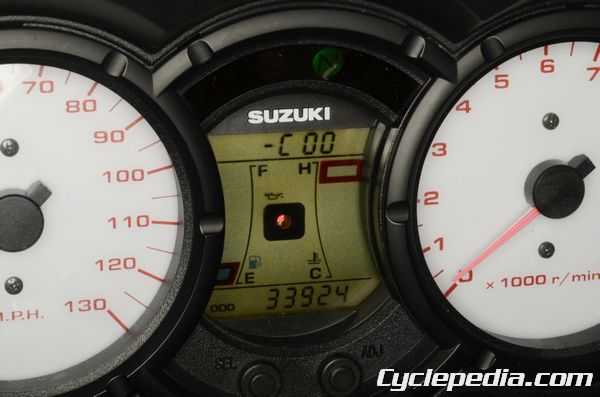The motorcycle carburetor is dead.
That’s it. In another ten years a powersports carburetor will be something that shows up in a thrift store, ready to be mounted on a plaque or a trophy base, destined to be a conversation starter at the next barbecue. “Yeah, you used to see those things on every bike, now they’re all fuel injected.”
The death of the lowly fuel mixer is not to be lamented. Computerized ignition and fuel injection systems have revolutionized all our four-wheeled transportation, and soon even the simplest, bottom line ATVs will be all computer controlled, and that’s a good thing. Savings in fuel consumption, cleaner running engines, none of the advantages can be disputed.
Are they more complicated than a simple carburetor? Sure they are. But as technology spreads across the powersports world, systems for dealing with that technology evolve, advance, and become more accessible.

The greatest boon of a computerized fuel system is the ability to plug in a simple code reader and have the very computer that controls the engine turn around and tell you what’s wrong with it. A code reader will display the “P code” associated with the error, and the better readers will even contain diagnostic information built right into the reader, making inspection and troubleshooting nearly effortless.
In addition to cooperating with code readers, many of the machines now equipped with fuel injection systems offer a simple “user mode” code notification system that will alert the vehicle owner to the presence of a problem as well as spell out what that problem may be.

Most systems flash the fuel injection warning light a number of times to indicate a listed code. Users can be confused by this unless they carefully follow the manufacturer’s instructions in deciphering a blink-code. For example, two flashes of the warning light on a Kymco scooter may be indicating a crankshaft position sensor malfunction, which is not a “2”code, instead it’s a “P0335” code on the Kymco factory code reader. That little bit of knowledge, though, along with a good workshop manual, will allow the mechanic to quickly zero in on the problem at hand.

Some of the newest machines can go a step or two beyond a simple code display. One of our latest repair manual projects was a Yamaha WR250R. This little single cylinder four-stroke will display P-codes right on the clock display on the multi-function speedometer head, but then it goes a step or two farther. Using a series of button presses, the operator can put the Yamaha ECU into a Special Diagnostic Mode that can perform two different functions.
The first function of the Special Diagnostic Mode will fetch and display the actual data being read by the sensor in question. For example, the operator can select the coolant temperature sensor and then read on the display the actual temperature being acquired and sent to the ECU. If the engine is warmed up and the temperature sensor is indicating a cool engine, the faulty sensor is easy to diagnose.
Secondly, a third database of code numbers within the ECU accesses an Actuator Operation Table. When the operator selects an item in this table, such as the fuel injector (code 36), and then turns the engine stop switch to the ON position, the ECU will activate the item for a specific operation. In the case of the fuel injector, the ECU will fire the injector five times per second, allowing the mechanic to listen for the expected five rapid clicks. No clicking from the fuel injector would be a dead giveaway of a failed injector system.
And all this functionality is built into a typical dual sport bike’s speedometer head!
A customer may complain that fuel injection is too complicated, and long for the simple days of carbureted machines, but the effectiveness and fuel efficiency of fuel injection makes it the much more desirable fuel handling system, now and in the future. Combine its functionality with the ability to diagnose and broadcast its own faults, and your FI system is a clear winner.



Leave a Reply
You must be logged in to post a comment.